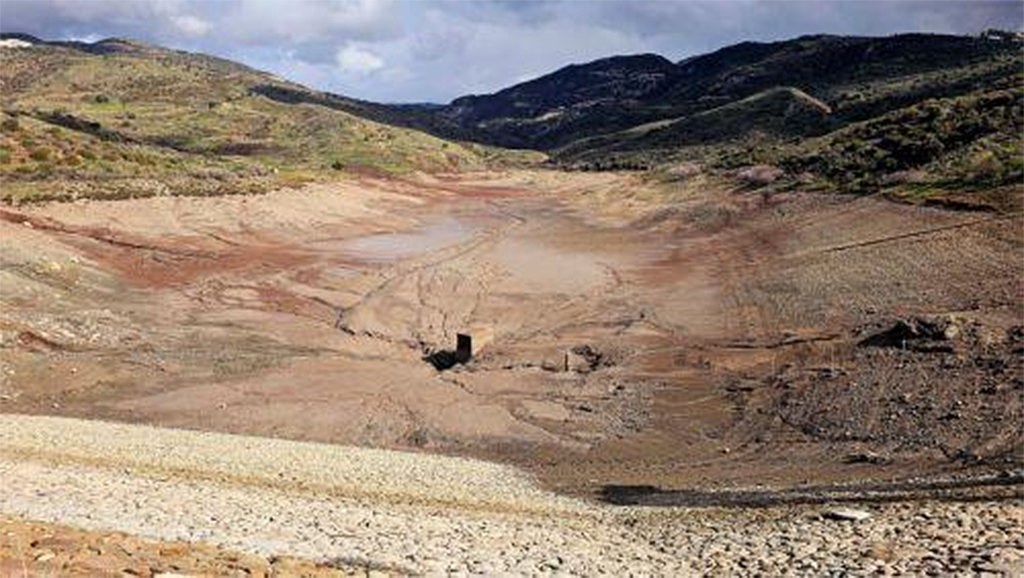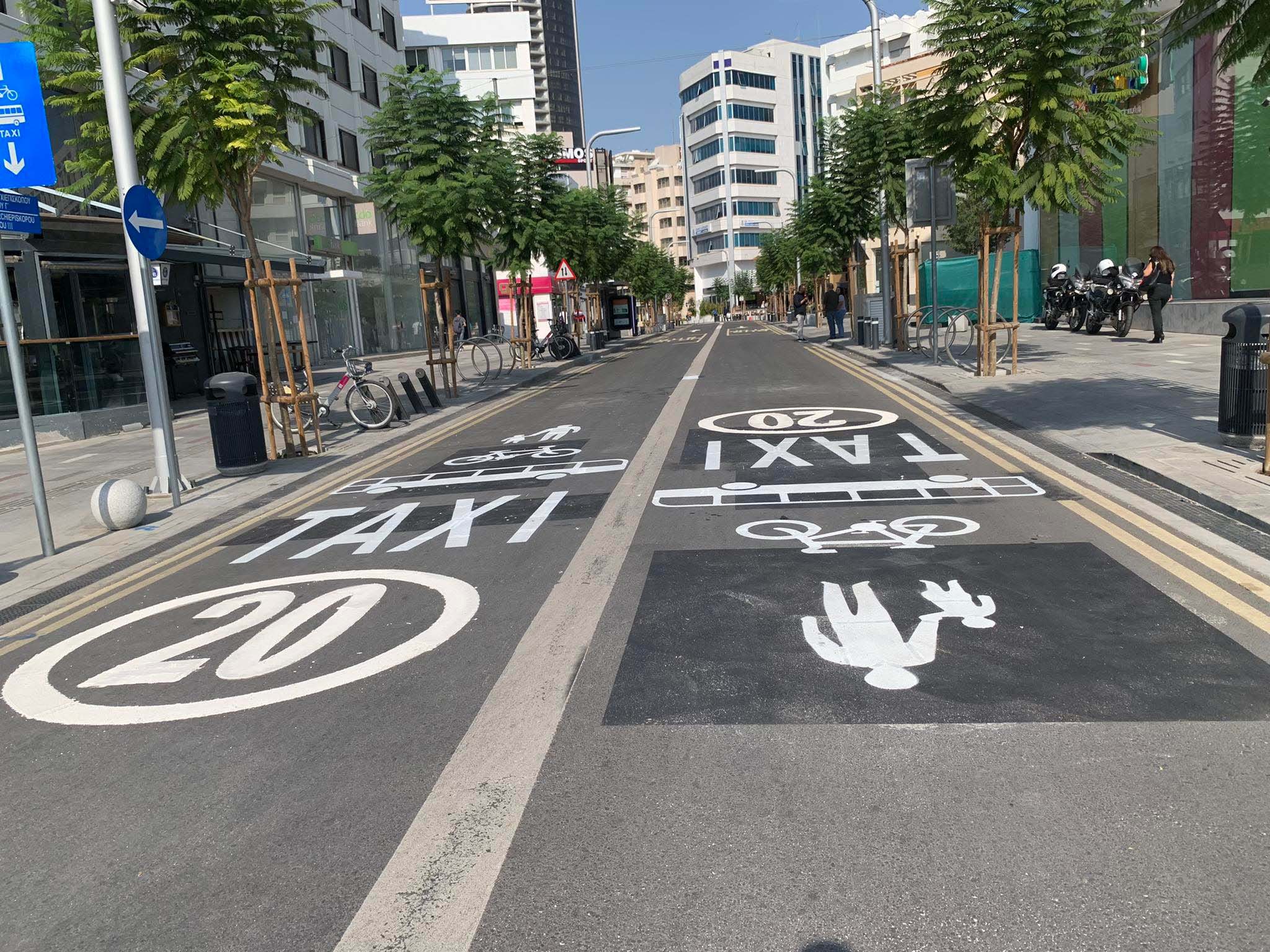The water development department is “preparing for the worst-case scenario” with regard to Cyprus’ water supply, as a hot and dry summer saw levels of water in the island’s reservoirs drop again, the department’s senior engineer Yianna Economidou said on Monday.
Speaking to the Cyprus Mail, she said the water extracted from the reservoirs to fight last week’s wildfire in the Limassol district did not have a serious impact on the level of water in the reservoirs, and that instead, the latest dip in their levels is “part of a continuous downward spiral” in water levels brought about due to unfavourable weather conditions.
“Frankly, we have had insufficient rainfall in recent years and it is that, in combination with the hot weather we are seeing this summer, which is causing the levels to drop. We are still using water from the reservoirs for the mains supply and for irrigation and what we are using is not being replaced by rainfall,” she said.
Asked whether she expected water levels to begin to rise again with rainfall in the autumn, she said, “who knows?”.
“We hope that when the new hydrological year starts on October 1, we will see more rainfall and the levels will begin to rise, but right now we cannot predict with any certainty that that will happen,” she said. Recent winters on the island have been exceptionally dry.
Should it not rain, she said, “we will run out of water”.
“We are now preparing for the worst-case scenario, where it does not rain at all and the reservoirs completely dry up and we have no water. In that case, the island will rely completely on desalination for all its water needs,” she said.
On this front, there was some good news, with the desalination unit which burnt down in the Paphos district village of Kouklia, which burnt down last year, set to return to operation before the end of August.
In addition, she said, the various desalination units installed around the island are now operating as planned, including those imported by the government from the United Arab Emirates.
Cyprus’ reservoirs are, according to the water development department’s latest statistics, only 17.4 per cent full, with only 50 million cubic metres of water in the reservoirs. That figure is less than half of the number recorded a year ago, when the reservoirs were 36.1 per cent full.
Broken down by area, those linked to the southern conveyor are now just 17.6 per cent full, compared to a figure of 33.3 per cent recorded a year ago.
Reservoirs in the Polis Chrysochous area are faring the best, though even they are only 18.4 per cent full, having been 40.1 per cent full this time last year.
Meanwhile, reservoirs in the Paphos area are just 16.9 per cent full, having been the fullest of any region, at 42.7 per cent, a year ago. The Mavrokolympos reservoir remains entirely empty after having been drained to allow access to a corroded vent in January.
The Nicosia district is facing the biggest shortage, however, with its reservoirs just nine per cent full, having been 27.6 per cent full a year ago.
In particular, the Vyzakia reservoir, one of the three which feed the capital, has just 13,000 cubic metres of water in it and is as such just 0.8 per cent full. This time last year, there was more than 20 times more water in that reservoir alone.
The arrival of the desalination units from the UAE was announced by President Nikos Christodoulides in April, with government spokesman Konstantinos Letymbiotis later saying there will be “no risk” of there being any water cuts in Cyprus this summer as a result of the units’ arrival, despite the state of the reservoirs.
Christodoulides had stressed that the units will be provided “free of charge”, a fact he said “underlines the importance of relations in the context of the country’s foreign policy, and in matters of internal policy”.
However, not everyone has been impressed by the government’s direction of travel with regard to the issue of water.
Coastal engineer Xenia Loizidou earlier slammed the government’s plan to import mobile desalination plants as an “incoherent panic solution”.
She said the units are “of course a solution”, but that “to really solve the water problem, the first thing which needs to be done is to invest in infrastructure and proper management of uses”.
This, she said, must entail there being “no lawns and golf courses” and an “adaptation” of crops to plant those which are less water intensive.







Click here to change your cookie preferences